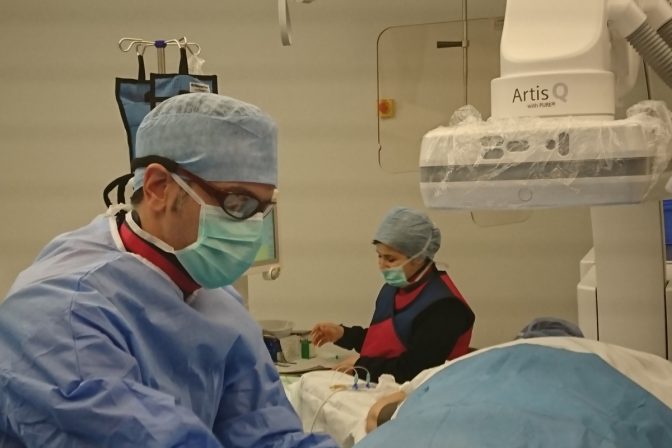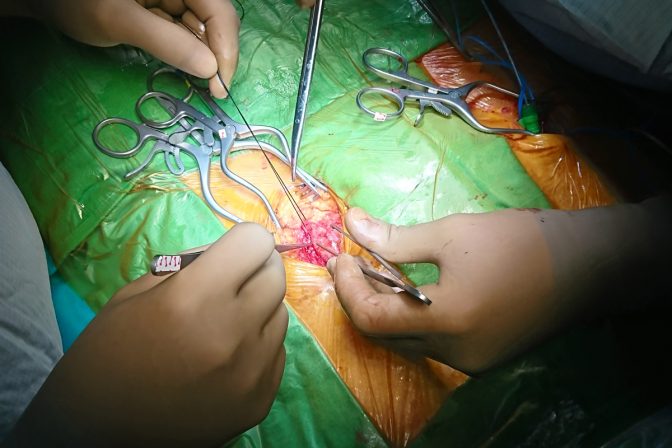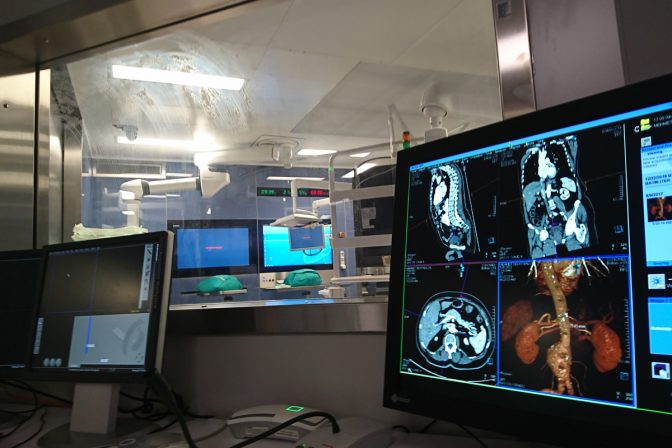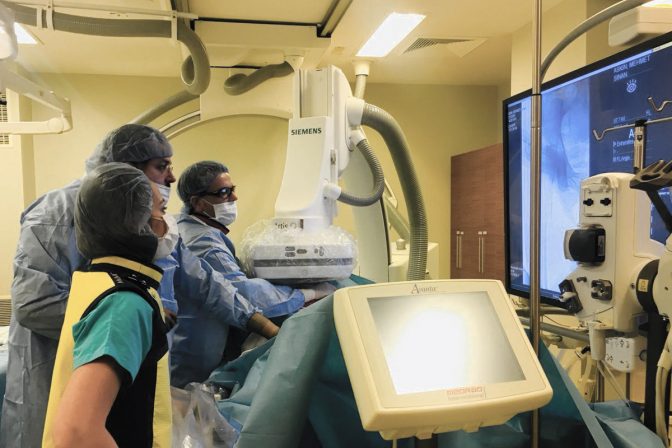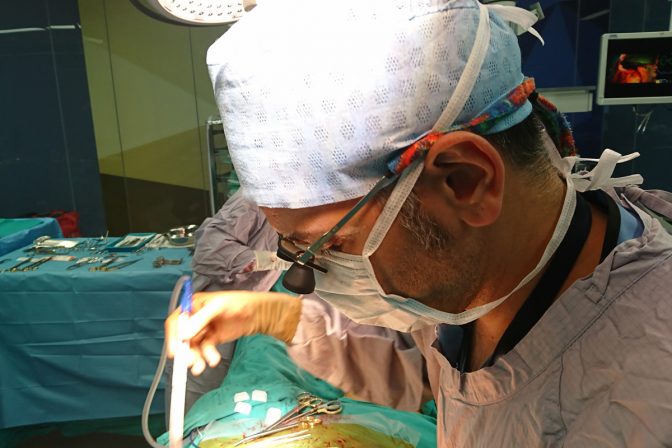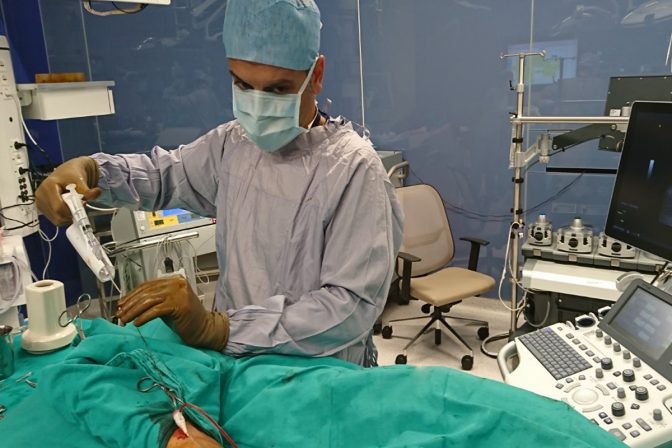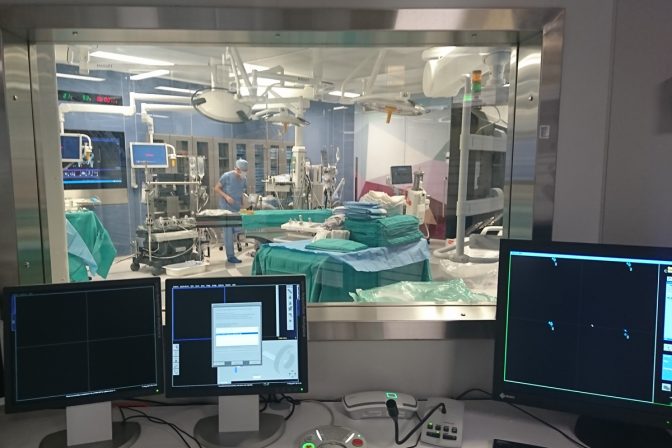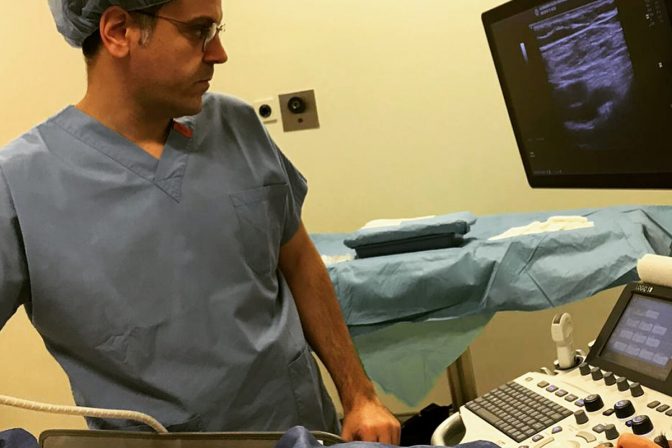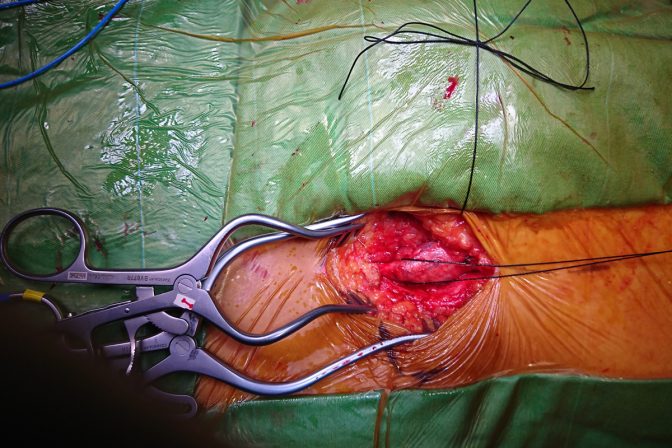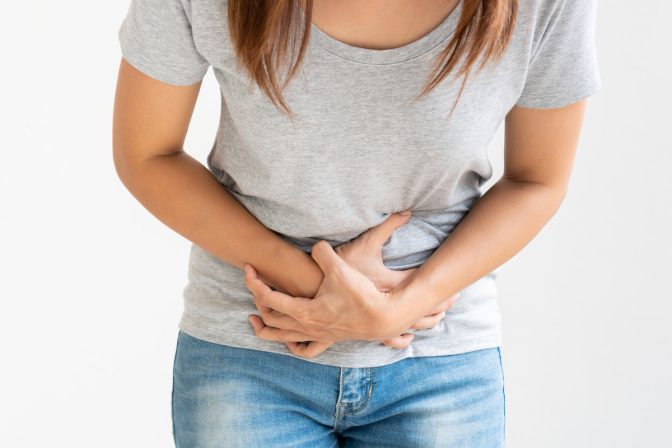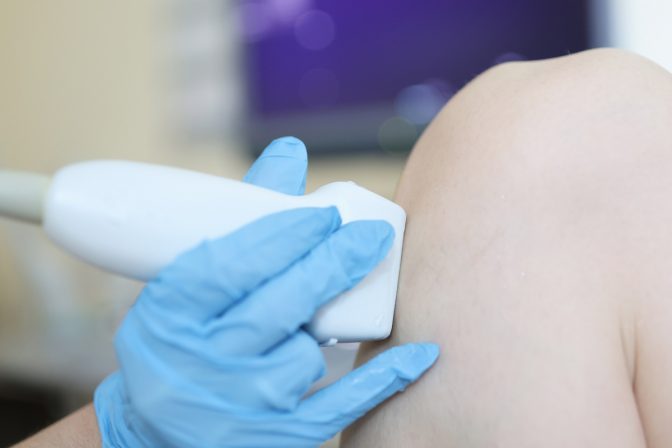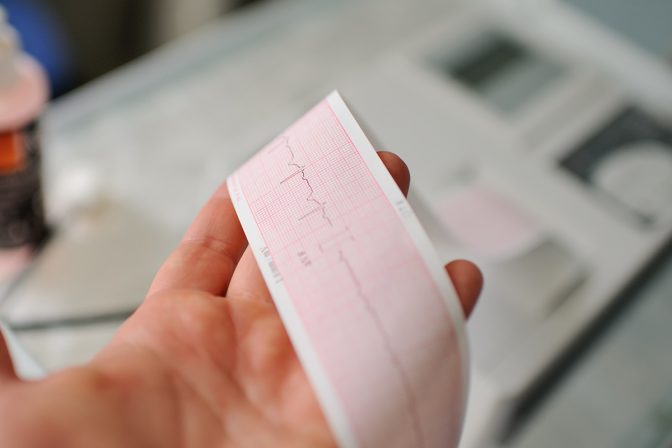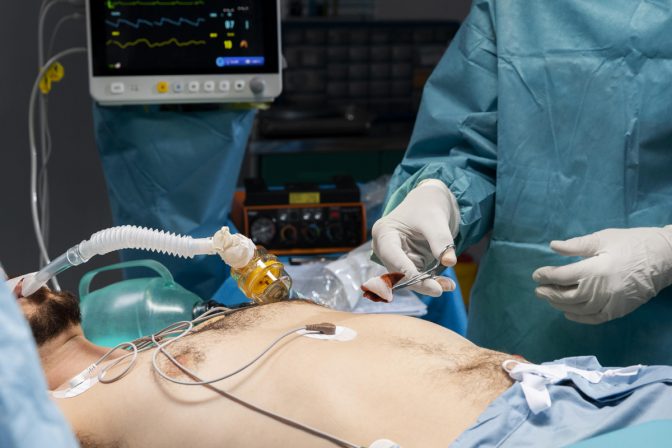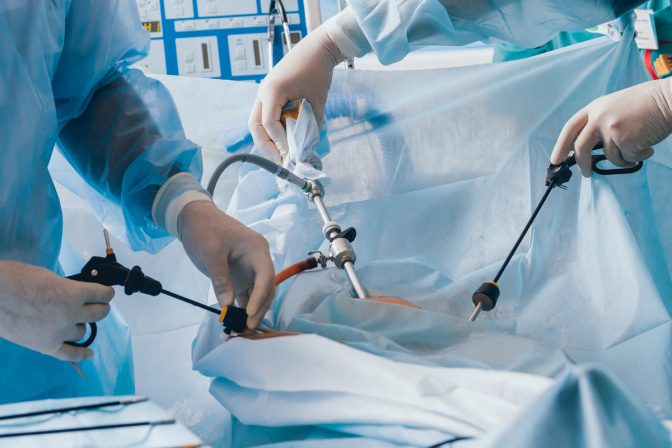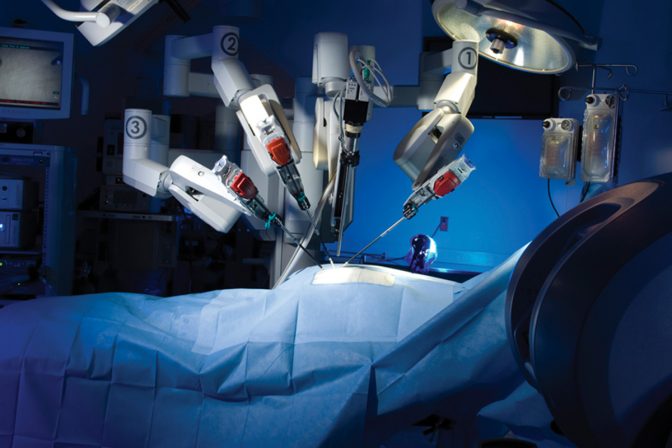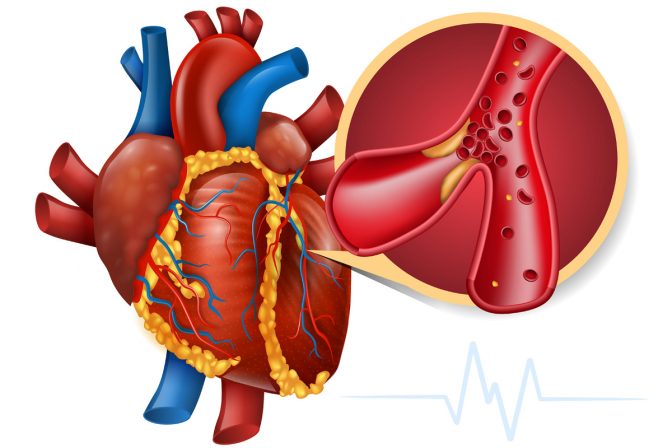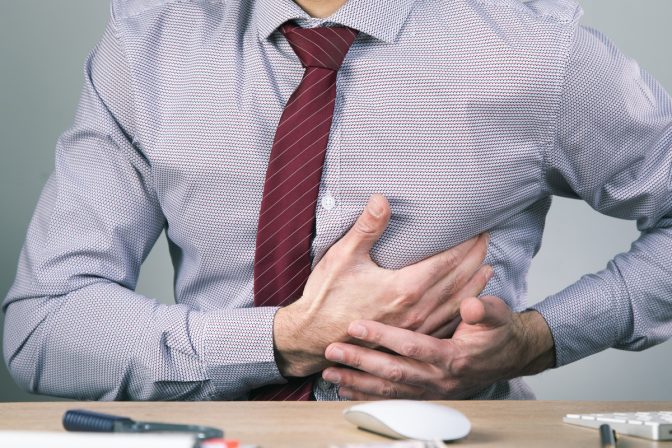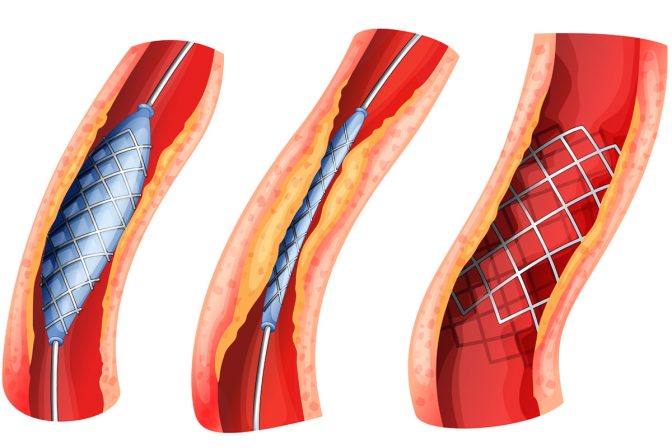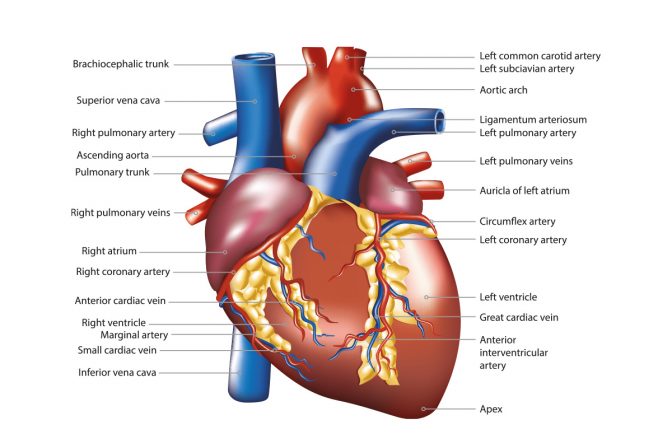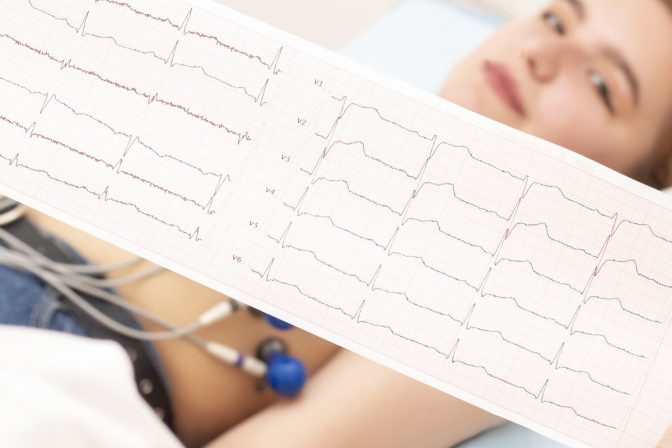Vascular Emergencies Peripheral Arterial Embolism Peripheral artery disease is sudden vascular occlusion caused by a blood clot blocking a narrowed artery (thrombosis) o...
Surgical Treatment Surgical Treatment and Management of the Treatment in Peripheral Vascular Diseases The treatment of peripheral vascular disease should be performed by...
Vascular Aneurysm What is aneurysm and where can it be seen? An aneurysm is defined as an artery in the body that bulges to twice its normal diameter. It most commonly o...
Arteriosclerosis What is peripheral vascular disease? Peripheral vascular disease (PVD) is the degeneration of the arterial system in our body due to atherosclerosis. In...
Interventional Treatment in Peripheral Vascular Diseases Management of the Treatment Process The treatment of peripheral vascular disease should be performed by teams th...
Carotid Artery Disease What is carotid artery disease? Carotid artery disease is a disease that results from narrowing or occlusion of the carotid arteries that enter th...
Medical Therapy Medical Therapy and Management of the Therapy in Peripheral Vascular Diseases The treatment of peripheral vascular disease should be performed by teams t...
New Treatment Methods for Deep Vein Thrombosis and Pulmonary Embolism With the development of modern medicine, percutaneous procedures have been used to treat both deep v...
Deep Vein Thrombosis What is DVT? Thrombosis in ancient Greek means “lump.” Today, thrombosis means the occlusion of a blood vessel by a blood clot (thrombus). Deep...
Pulmonary Embolism What is Pulmonary Embolism? Pulmonary embolism (PE) is the term used to describe the clot (thrombus) that has formed in the deep veins of the leg, bre...
Varicose Veins and Chronic Venous Insufficiency What is a Varicose Vein? How does it Develop? The veins transport used and contaminated blood from the body to the heart....
Surgical Treatment in Varicose Veins Can You Give Information on Surgical Treatment in Varicose Veins? Classical varicose vein surgery, which was used on almost every pa...
Cosmetic Treatments for Varicose Veins How are Cosmetic Interventions Applied? Cosmetic interventions are performed on an outpatient basis. The patient is not hospitaliz...
Non-invasive treatment methods can be divided into two main groups: thermal and non-thermal
Development of the Disease The reason for the development of the disease is the varicose veins in the abdomen, where the blood of the female reproductive organs accumulat...
Examination Findings The physical examination findings of the patients are not very striking. Patients may experience pain or feel distension when pressed on the lower ab...
What is Pelvic Congestion Syndrome? Pelvic pain is now one of the most common reasons for women to consult “obstetricians and gynecologists.” Chronic pelvic pain, wh...
Complaints of Patients with PCS Complaints PCS patients usually have abdominal and groin pain that cannot be explained by other causes, is not affected by menstruation,...
What are the Causes of PCS? Reasons for the development of PCS include clots and occlusions in the veins of the abdomen and genital area, obesity, which can lead to incre...
Treatment of PCS There are a number of medications that can be used in the treatment. Several medications to restore hormonal balance can slow and sometimes stop the prog...
Diagnostic Methods Color Doppler ultrasound should be the first step of diagnosis in suspicious patients. Both the pelvic region and the patient’s legs should be exami...
Arrhythmia Surgery / Atrial Fibrillation Surgical treatment of atrial fibrillation (AF) can be divided into two groups. The first group of patients are those who have ano...
Valve Surgeries In surgical procedures on cardiac valves, a distinction is made between valve repair and valve replacement. The chance of repairing the valve is higher in...
Minimally Invasive Surgery In the last decade, there have been rapid developments in cardiac surgery. Due to on these developments, the results of surgeries are getting b...
Robotic Surgery Robotic surgery is considered the highest level of technology that cardiac surgery has reached. Robotic surgeries are performed through much smaller incis...
Coronary Bypass What is coronary artery bypass surgery? Coronary artery bypass graft surgery is open-heart surgery in which vessels (veins or arteries) taken from anothe...
27Apr
Aortic Valve Diseases AORTIC VALVE DISEASES The aortic valve is located at the left ventricular outlet of the heart. It controls the flow of blood from the heart to the...
27Apr
Mitral Valve Diseases Mitral Valve The mitral valve is a structure that regulates blood flow between the atrium and the ventricle on the left side of the heart. While it...
27Apr
Pulmonary Valve Diseases The pulmonary valve is located at the outlet of the right ventricle. It regulates the flow of blood from the right ventricle into the pulmonary a...
27Apr
Tricuspid Valve Diseases Acquired tricuspid valve disease is a rare condition. The tricuspid valve is a valve with three leaflets that controls the flow of blood from the...
What is Cardiovascular Disease? Facts Being responsible for pumping the blood that carries the substances necessary for our organs to function, the heart contracts 70 ti...
Risk Factors in Cardiovascular Diseases The most important step in the fight against coronary heart disease is the prevention of the disease. In the presence of a number...
Symptoms in Cardiovascular Diseases We can summarize the findings or clinical findings in cardiovascular diseases as follows: * Chest pain (angina pectoris) * Myocardial...
Treatment of Cardiovascular Diseases If significant narrowing and/or occlusion of the coronary arteries is detected, balloon angioplasty can be performed in the same sess...
How to Prevent Cardiovascular Diseases Dealing with risk factors is very important. It is not possible to change risk factors such as age, gender, and family history. How...
General Anatomy The heart is located behind the anterior chest wall, midway between the two lungs. It is composed of muscular tissue. It is a vital organ whose main funct...
Symptoms of Heart Disease 1. Chest Pain (Angina) The sensation of pressure and tightness in the anterior part of the chest, and especially the pain that is triggered by...
DIAGNOSTIC PROCEDURES IN HEART DISEASES Exercise Test (Stress Test) The exercise test can be applied in two ways. – Exercise ECG (Electrocardiography) – Stress ECHO...

